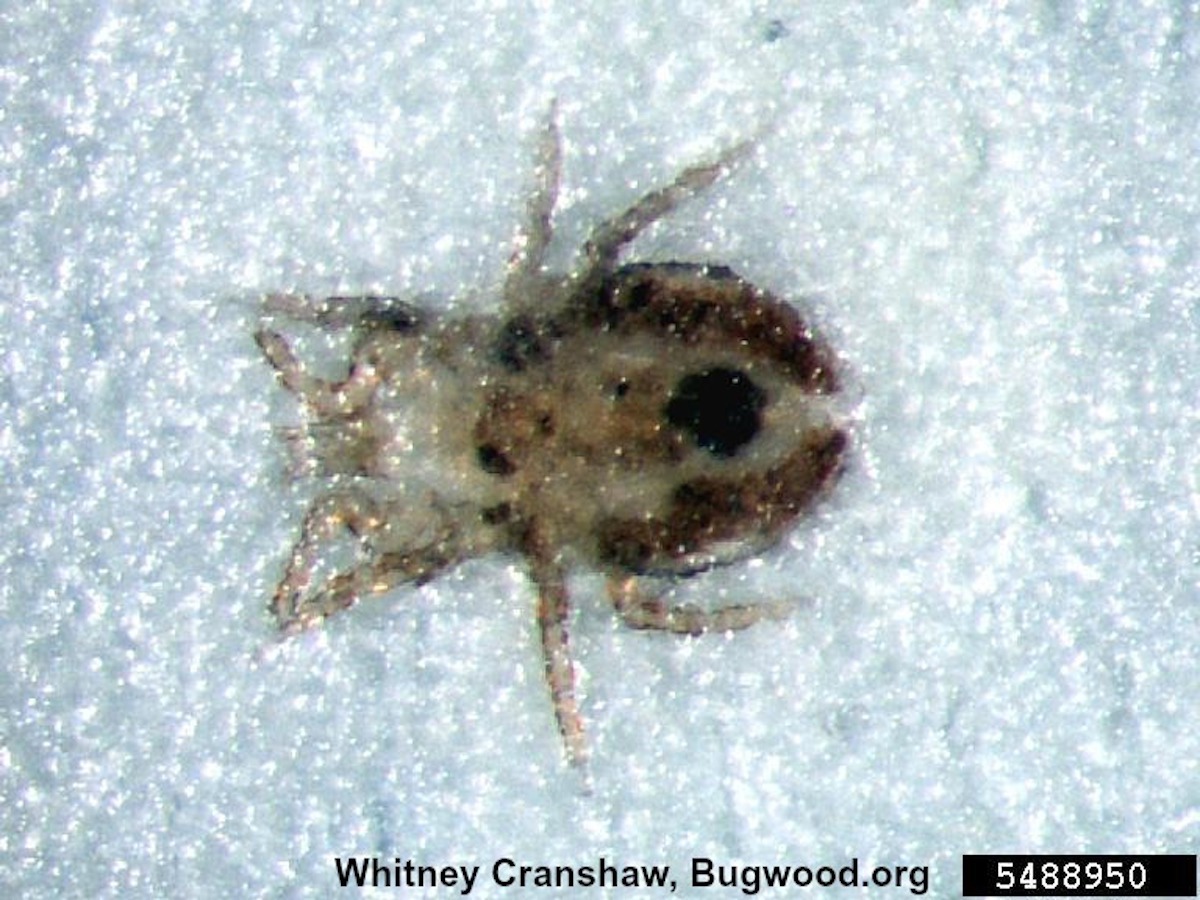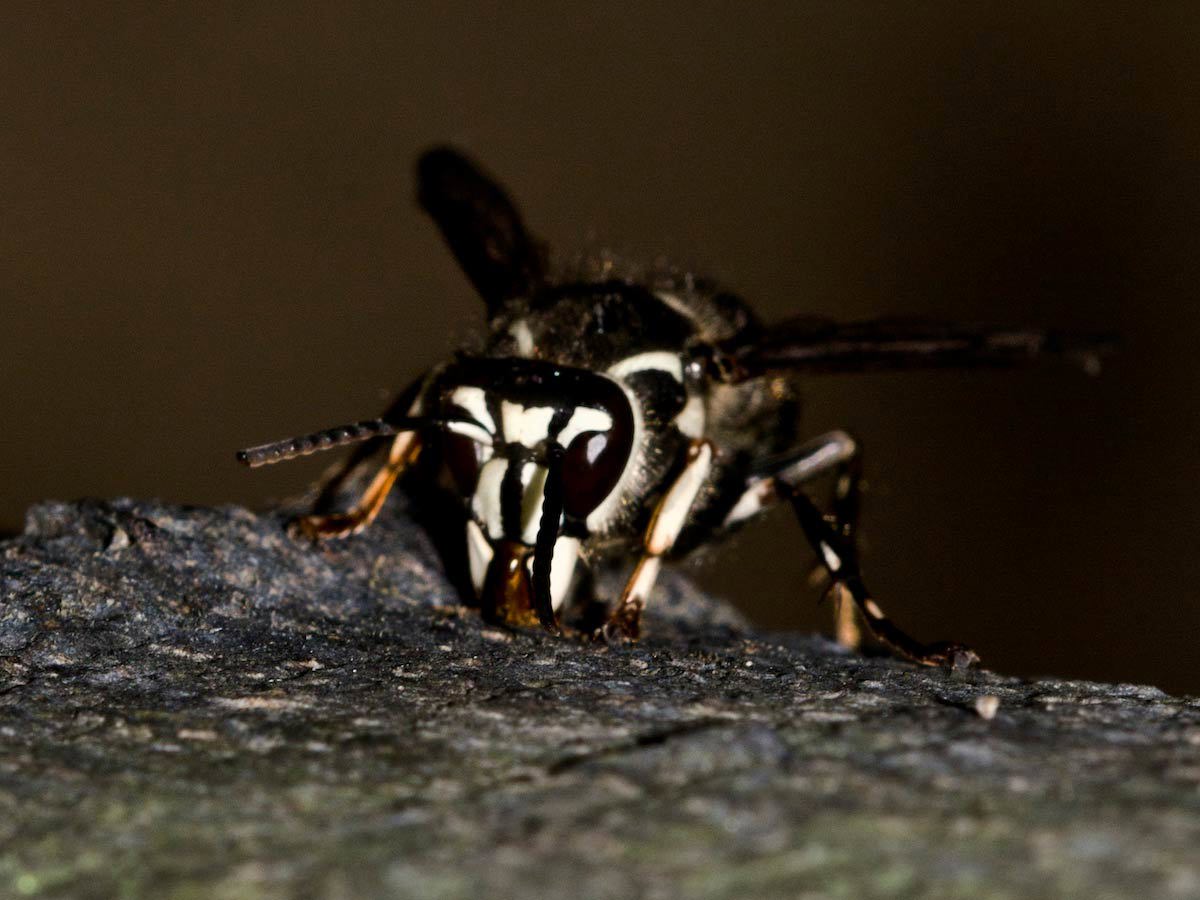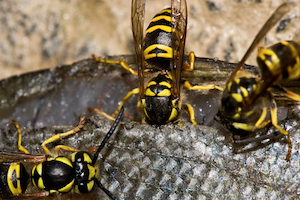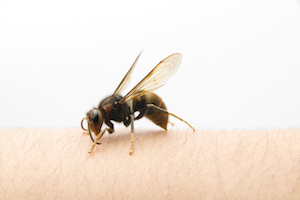Chicken Mites (Bird Mites) Dermanyssus gallinae

Chicken Mite Identification
Color: Nearly white when unfed, bright red when recently fed, or gray to black with blood meal partially digested.
Size: 1/32” (0.75-1+ mm)
Legs: 8
Antennae: No
Shape: Oval, flattened from top to bottom, not hard-shelled
Region: Found throughout U.S.
What Are Chicken Mites?
Chicken mites, sometimes called bird mites, get their common name because they live on the skin of a wide variety of birds, but especially chickens. They become structural pests when they migrate from bird nests into buildings and attack humans. For this reason, bird mite control is essential for property owners. Chicken mites primarily infest poultry houses and farms, and also target households with pet birds. Read on to learn more about bird mite control, as well as how to get rid of bird mites.
What Do Chicken Mites Look Like?
Adult female chicken mites are small, at only roughly 1/32” long. They have flat, oval bodies, and are nearly white when unfed, but become bright red when recently fed, turning gray to black when the blood meal is partially digested. Chicken mites are covered with tiny hairs across their back and have long, whip-like mouthparts.
Although these small mites may be difficult to spot, seeing them near nests or in structural crevices is a clear indication of an infestation. The particular behavior and conditions of chickens and birds on a property can also signal an infestation. A chicken mite infestation can lead to a drop in egg production and the occurrence of blood spots on eggs. Furthermore, people who regularly interact with the birds may develop itching sensations when an infestation is present. Household pets that typically spend time outside can reveal the presence of chicken mites if they exhibit any irritability potentially related to being bitten by these pests.
Bird mites most often live and feed on pigeons, sparrows, starlings and chickens. They migrate indoors from an abandoned nest, entering through the attic via openings in the ceiling or interior wall surfaces. Chicken mites can also be introduced via pet birds such as canaries or on gerbils from pet stores where an infestation has occurred. They thrive in humid conditions and breed primarily during the spring and early summer.
Populations of chicken mites are exceptionally destructive and expand quickly, as eggs can hatch within three days and grow into adults after another five. When choosing a host, bird mites do not exhibit any particular selectivity. Once they choose one, chicken mites typically remain on their selected host for their entire lives. However, if a chicken mite host dies, countless mites will journey to find a new host. This migration is quick, as chicken mites do not have the ability to live for more than a few days without a food source. Fed adults, however, can survive for 4-5 months without a feeding.
During this migration, mites may bite humans that they encounter but will not populate human hosts long-term.
Several pathogens have been recorded from chicken mites and experimental transmission of some has been shown. Chicken mites have been implicated in the transmission of St. Louis encephalitis. The mite’s role in the development and transmission of these diseases, however, is not known. Bird mites can cause painful skin irritation on humans, so it is important to take precautions with chicken mites.
If you own or handle birds, it’s crucial that you keep the coops and bedding clean and inspect the flock regularly for signs of a chicken mite infestation. Do not handle bird nests on your property, even after the birds have vacated the nest. If you have pets that spend time outdoors, inspect them regularly as they can become chicken mite carriers. Inspect second-hand furniture carefully before bringing indoors, as mites can be transported in bedding, furniture and carpeting. If you see signs of a chicken mite infestation in your home, contact a bird mite control professional to identify the source – often a bird's nest in or near your home – and treat the infestation.
Looking to get rid of bird mites or chicken mites? Homeowners should contact a licensed pest control professional if a chicken mite infestation is suspected. The professional will conduct an interior and exterior inspection to locate the nest and work with you to develop a chicken mite treatment plan. This typically includes removing the nest using the inverted plastic bag technique, and then treating the surfaces where the nest was located.
In infested rooms of the structure, the professional will treat the cracks and crevices on the walls and ceiling where the mites are entering and may be hiding. In the case of homes, it may be necessary to hot wash and hot dry bedding and clothing left on floor areas. If people become infested, they can consult with their physician for a prescription or get an over-the-counter lotion labeled for the control of ectoparasitic mites.
When you are ready to contact a pest professional, you can find a certified pest professional near you with the helpful zip code search below.




